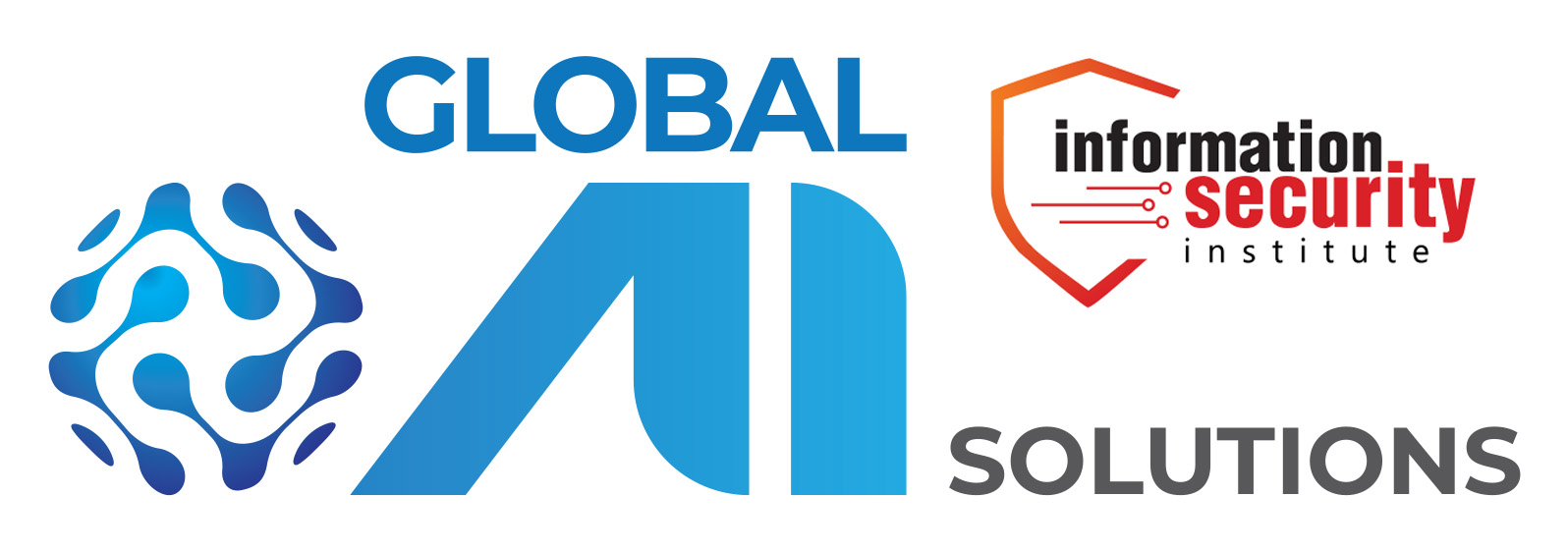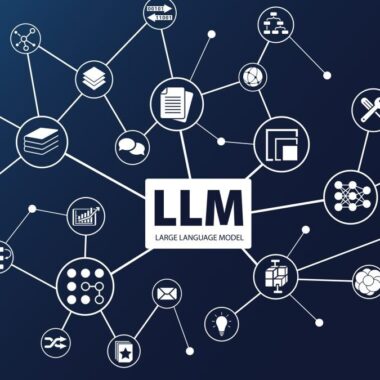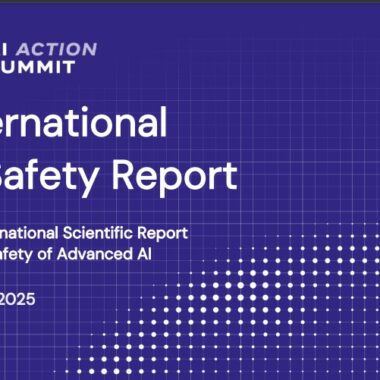Vulnerability blindness refers to the inability to detect and address security weaknesses within an AI system. This oversight can lead to significant operational, financial, and reputational losses, making it a critical risk for organizations leveraging AI technologies.
Critical Aspects of Vulnerability Blindness
- Undetected Security Weaknesses:
- Complexity of AI Systems: AI systems often involve intricate architectures, including machine learning models, data pipelines, and integrations with various platforms. This complexity can obscure vulnerabilities, making them difficult to identify.
- Dynamic Environments: AI systems evolve over time through learning from new data. Changes in model behaviour or data inputs can introduce new vulnerabilities that may not have been present during initial deployment.
- Operational Risks:
- System Failures: Vulnerabilities may lead to system malfunctions or failures, disrupting business operations. For instance, if an AI model is compromised, it might produce erroneous outputs, impacting decision-making processes.
- Downtime and Recovery Costs: Organizations may face significant costs associated with system downtime, recovery efforts, and troubleshooting due to undetected vulnerabilities.
- Financial Implications:
- Direct Costs: The financial burden can manifest as immediate costs related to incident response, remediation, and potential fines for non-compliance with regulations.
- Long-Term Financial Impact: The longer vulnerabilities remain unaddressed, the greater the risk of financial losses from theft, fraud, or other malicious activities that exploit these weaknesses.
- Reputational Damage:
- Loss of Trust: Customer trust can be severely affected if an organization’s AI system is compromised. Users may lose confidence in the reliability and security of AI-driven services.
- Negative Publicity: Security breaches can attract media attention, leading to negative coverage that damages the organization’s reputation and brand image.
Mitigation Strategies to Address the Critical Aspects of Vulnerability Blindness
- Regular Security Audits:
- Conduct routine security assessments to identify and rectify vulnerabilities in AI systems. This includes penetration testing and code reviews.
- Robust Monitoring:
- Implement continuous real-time monitoring solutions to detect anomalies and potential security threats, allowing for rapid response to emerging vulnerabilities.
- Risk Assessment Frameworks:
- Establish a comprehensive risk management framework that includes regular risk assessments tailored to AI environments. This framework should address the unique challenges posed by AI technologies.
- Training and Awareness:
- Educate teams about potential vulnerabilities in AI systems and best practices for secure development and deployment. Encouraging a security culture can help in the early detection and reporting of potential issues.
- Incident Response Plans:
- Develop and maintain a well-defined incident response plan that includes protocols for addressing vulnerabilities when detected. This ensures quick action to minimize impacts.
Conclusion
Vulnerability blindness in AI systems poses significant risks that can lead to operational disruptions, financial losses, and reputational damage. By prioritizing security awareness and implementing robust risk management strategies, organizations can better safeguard their AI environments, ensuring the integrity and trustworthiness of their AI systems. Regular assessments and proactive measures are essential to detect and address vulnerabilities before they can be exploited.





